How to Maximize Retirement Contributions Before Year-End
When it comes to saving on taxes and building long-term wealth, retirement contributions are one of the most powerful tools available. And with the end of the year approaching, now’s the time to make sure you're getting the most out of those contributions—before key deadlines pass you by.
Whether you’re a W-2 employee, self-employed, or running a growing business, here’s what you need to know to maximize your retirement contributions before December 31.
1. Understand Your Contribution Deadlines
Not all retirement accounts follow the same calendar. Here's a quick breakdown:
401(k) Contributions (Traditional or Roth):
Deadline: December 31, 2025
Contribution limit: $23,000 for 2025 (plus a $7,500 catch-up if you’re 50+)
Traditional or Roth IRA Contributions:
Deadline: April 15, 2026
Contribution limit: $7,000 for 2025 (plus $1,000 catch-up if 50+)
SEP IRA or Solo 401(k) (for self-employed or small business owners):
Deadline: Tax filing deadline, including extensions
Contribution limit: Up to 25% of compensation or $69,000 (Solo 401(k) total limit), depending on the plan
Pro Tip: Even if you technically have until your tax filing date to make a SEP or Solo 401(k) contribution, planning and setting aside those funds before year-end helps ensure you’re ready—and keeps your cash flow in check.
2. Don’t Miss Employer Deadlines
If you're contributing to a 401(k) through your employer, your company likely has a December payroll cutoff for year-end deferrals. Don’t wait until the holidays—check in now with HR or payroll to:
Increase your contribution percentage if you're behind
Confirm your YTD totals
Make catch-up contributions if you're over 50
3. Consider a Solo 401(k) or SEP IRA
If you’re self-employed and haven’t yet opened a retirement plan, there’s still time to make a major impact on both your tax liability and long-term savings.
Solo 401(k): Allows both employee and employer contributions—great if your income is high or variable
SEP IRA: Easier to set up and administer, especially if you have no employees
These plans can significantly reduce your taxable income and help you build a retirement cushion with more flexibility than a traditional IRA.
4. Coordinate with Your CPA
Not sure which plan is best for your situation—or how much you should contribute?
Working with your CPA now can help you:
Understand the tax savings of each type of contribution
Time your contributions for maximum cash flow and deductibility
Avoid over-contributions or plan disqualification
Let’s Make the Most of the Time You Have Left
There’s still time to make smart retirement moves before year-end—but the clock is ticking.
Whether you need help setting up a plan, choosing the right account type, or calculating contribution limits based on your income, Trail CPA is here to help.

